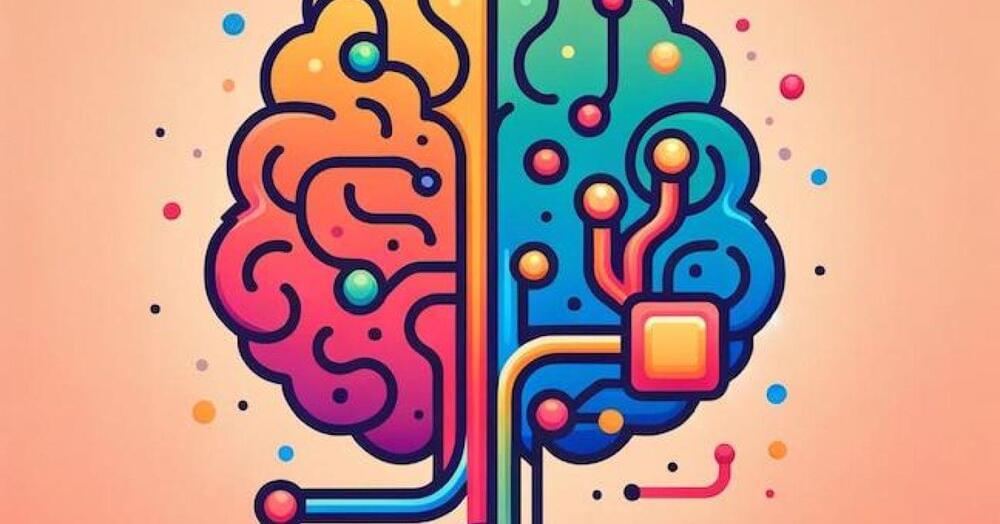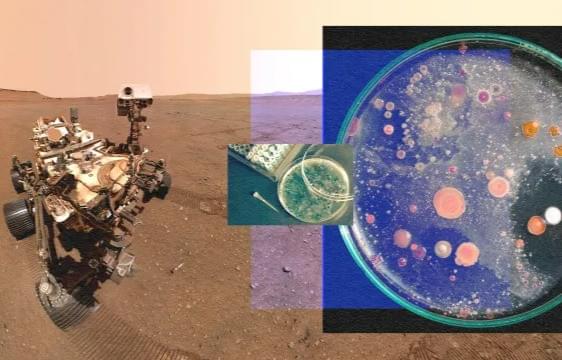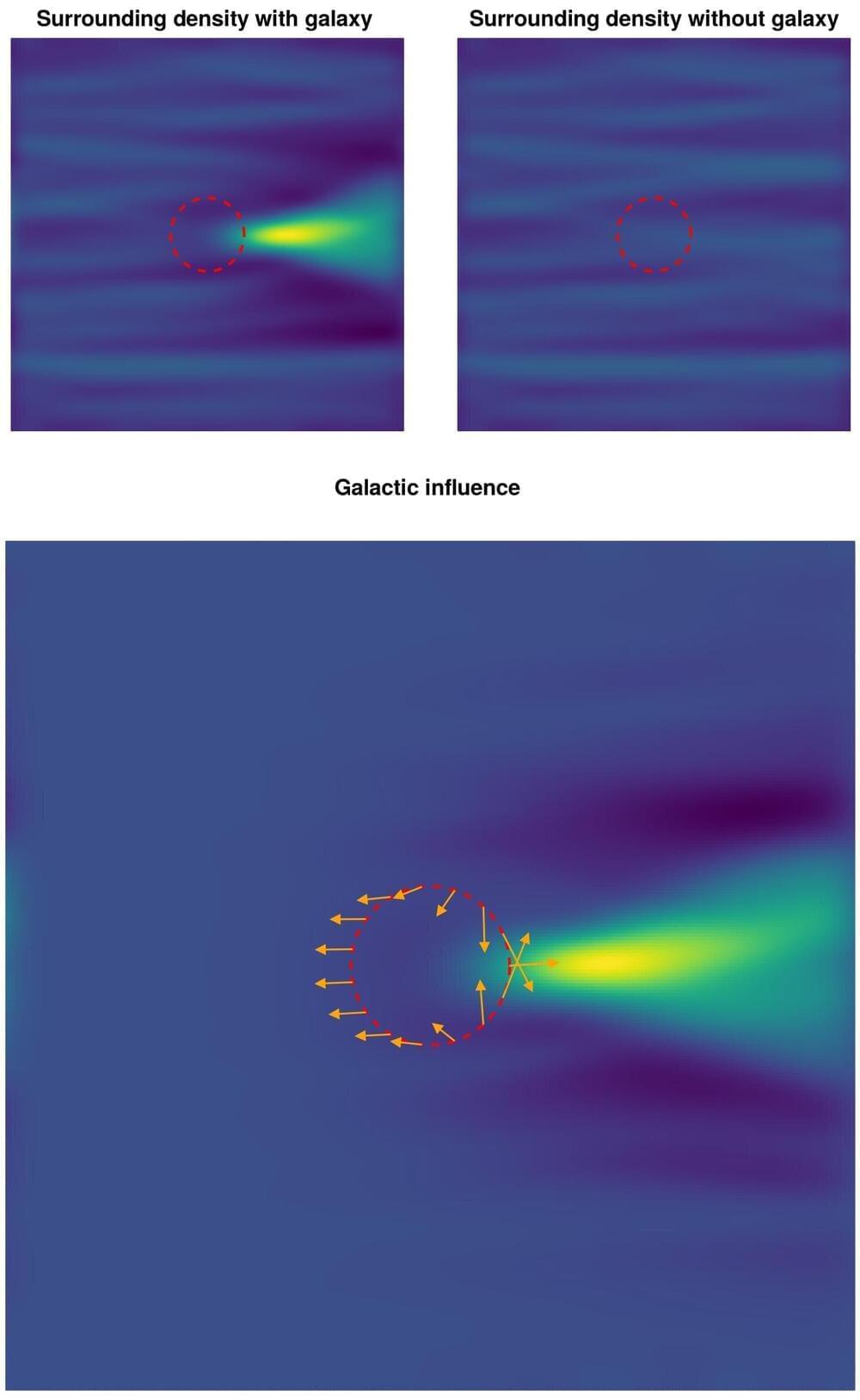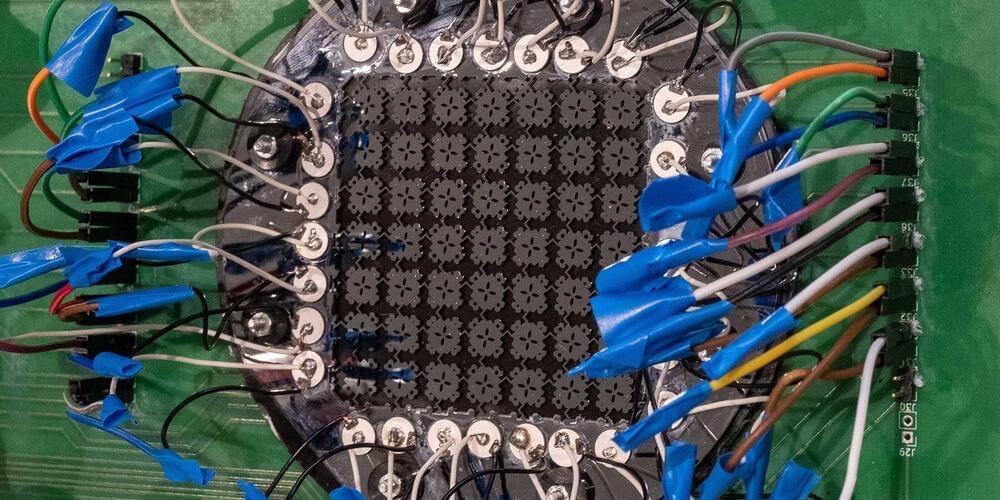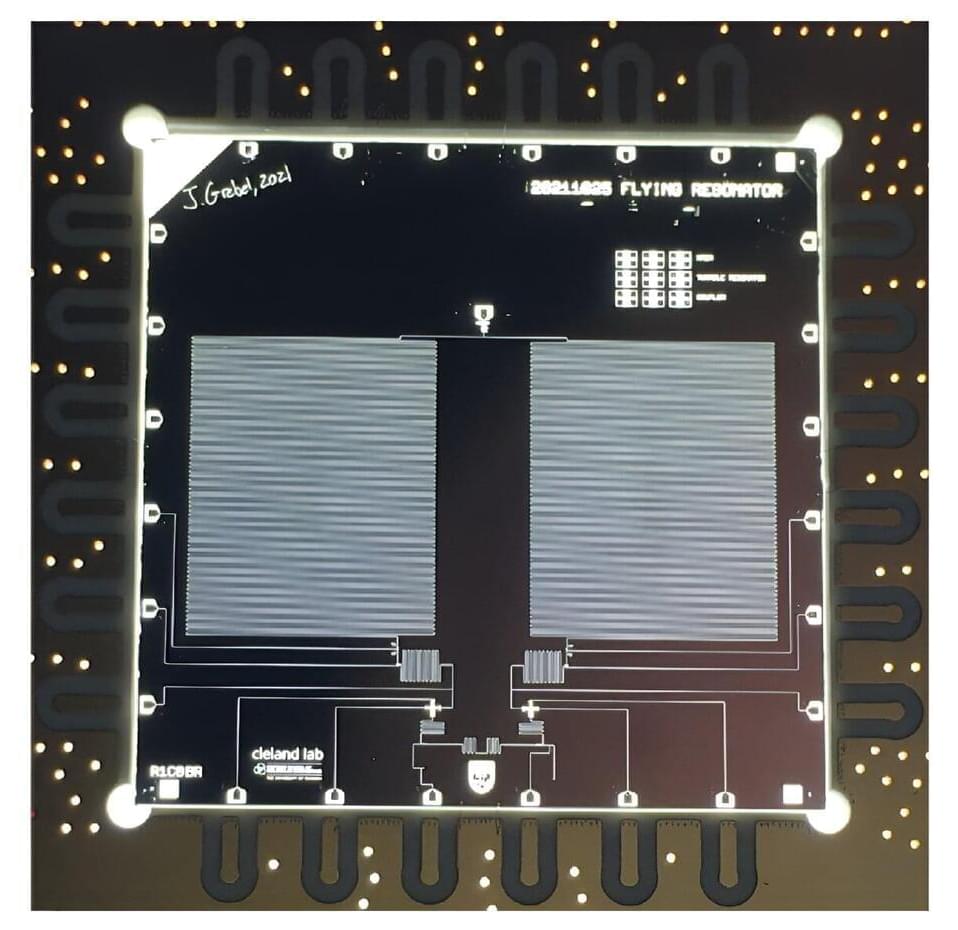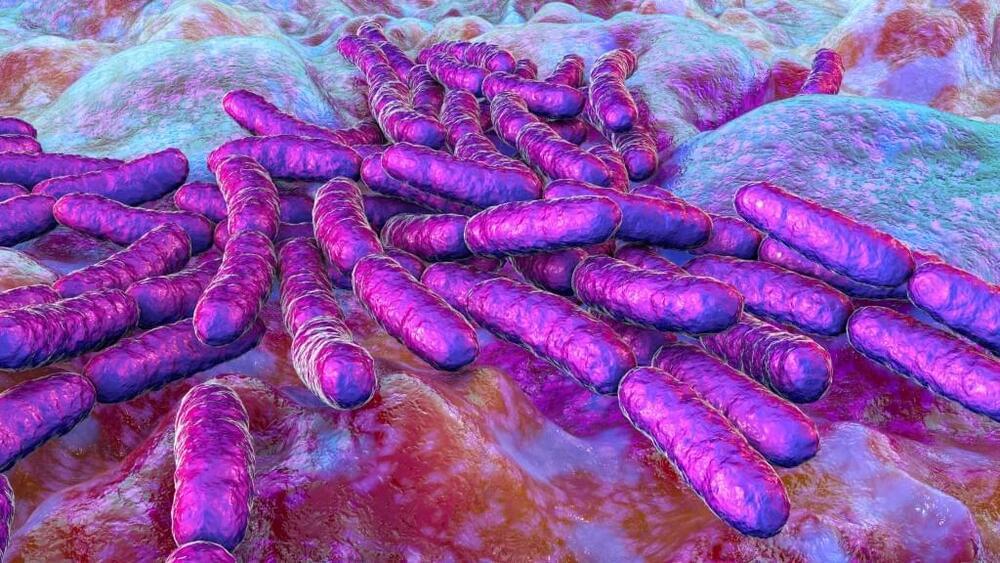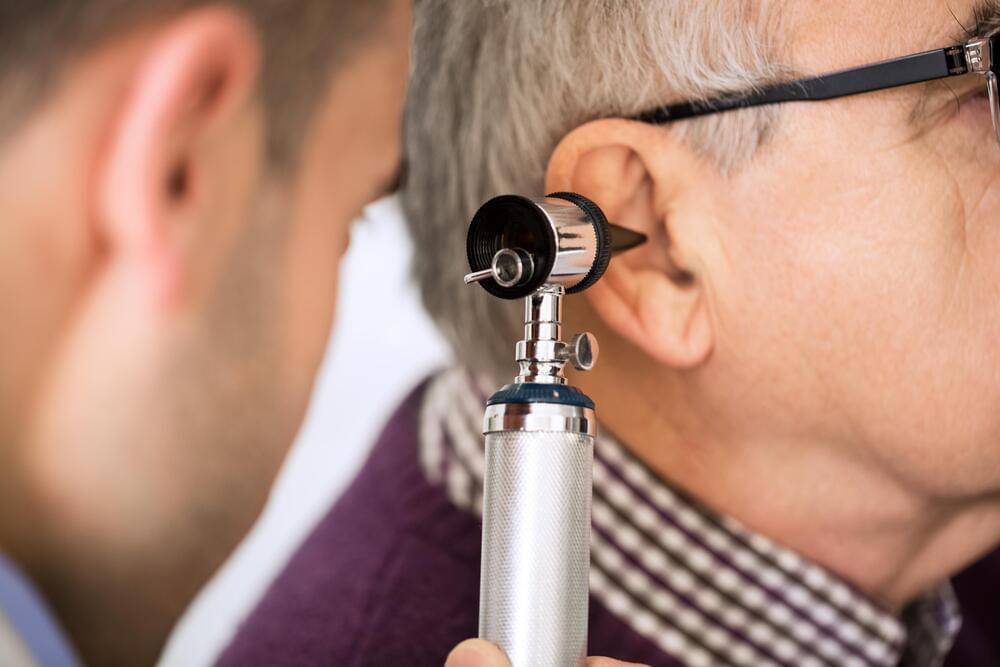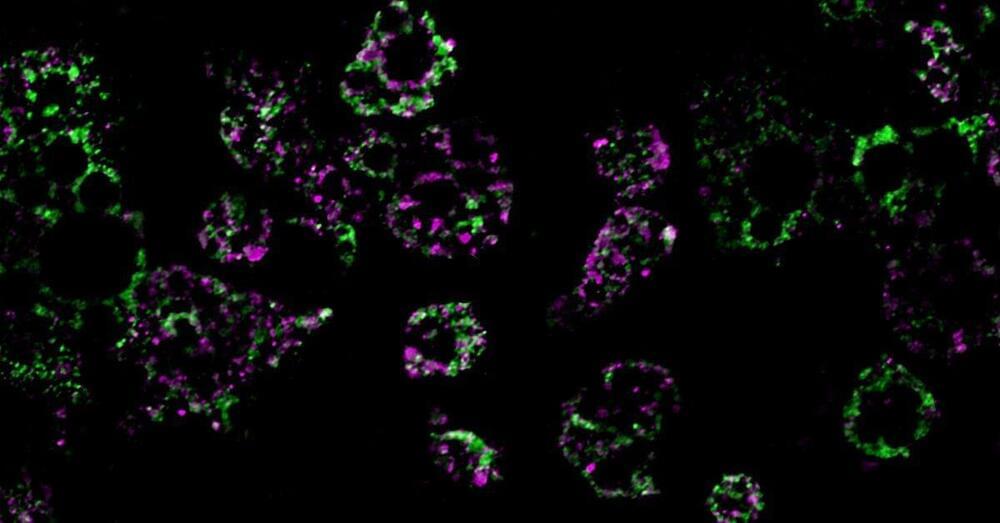Page 1139
Feb 12, 2024
Breaking the Brain-Muscle Barrier: Scientists Discover Hidden Neural Network-Like Abilities of Self-Assembling Molecules
Posted by Dan Breeden in categories: chemistry, robotics/AI
We tend to separate the brain and muscle – the brain does the thinking; the muscle does the doing. The brain takes in complex information about the world, makes decisions, while muscle merely executes. This distinction extends to our understanding of cellular processes, where certain molecules within cells are perceived as the ‘thinkers’, processing information from the chemical environment to determine necessary actions for survival, while others are viewed as the ‘muscle’, constructing the essential structures for the cell’s survival.
But a new study shows how the molecules that build structures, i.e, the muscle, can themselves do both the thinking and the doing. The study, by scientists at Maynooth University, the University of Chicago, and California Institute of Technology was published in the journal Nature.
“We show that a natural molecular process – nucleation – that has been studied as a ‘muscle’ for a long time can do complex calculations that rival a simple neural network,” said University of Chicago Associate Professor Arvind Murugan, one of the two senior co-authors on the paper. “It’s an ability hidden in plain sight that evolution can exploit in cells to do more with less; the ‘doing’ molecules can also do the ‘thinking.’”
Feb 12, 2024
A multi-ensemble atomic clock enhanced using quantum computing tools
Posted by Dan Breeden in categories: computing, particle physics, quantum physics
Atomic clocks are a class of clocks that leverage resonance frequencies of atoms to keep time with high precision. While these clocks have become increasingly advanced and accurate over the years, existing versions might not best utilize the resources they rely on to keep time.
Researchers at the California Institute of Technology recently explored the possibility of using quantum computing techniques to further improve the performance of atomic clocks. Their paper, published in Nature Physics, introduces a new scheme that enables the simultaneous use of multiple atomic clocks to keep time with even greater precision.
“Atomic clocks are decades old, but their performance improves every year,” Adam Shaw, co-author of the paper, told Phys.org.
Feb 12, 2024
How to get Mars Exploration Back on Track
Posted by Dirk Schulze-Makuch in category: space
We need to get Mars Exploration back on track after the Mars Sample Return Mission is temporarily halted:
Posted on big think and searchforlifeintheuniverse:
Feb 12, 2024
Lopsided Galaxies Shed Light on the Speed of Dark Matter
Posted by Natalie Chan in categories: cosmology, particle physics
In new research published in Astronomy & Astrophysics, researchers have figured out how to precisely calculate the forces that affect galaxies in tidal cycles. The next stage is to find galaxies sufficiently lopsided in the universe to study the velocity of dark matter relative to the galaxies.
So, how can the speed of dark matter be measured? The prerequisite is to find a galaxy in the universe that moves relative to dark matter. Since everything in the universe is in motion and there is a great deal of dark matter, it is not difficult to find such galaxies.
Heavy objects, like galaxies, attract all types of matter, whether it is dark matter or visible matter that we encounter on a daily basis. As dark matter moves past a galaxy, the galaxy begins to pull the dark matter particles towards it. However, the change of speed direction of the particles takes time. Before their trajectory curves towards the galaxy, they already manage to pass the galaxy.
Feb 12, 2024
Sound-Powered Sensors stand to Save Millions of Batteries
Posted by Natalie Chan in categories: biotech/medical, materials
Sensors that monitor infrastructure, such as bridges or buildings, or are used in medical devices, such as prostheses for the deaf, require a constant supply of power. The energy for this usually comes from batteries, which are replaced as soon as they are empty. This creates a huge waste problem. An EU study forecasts that in 2025, 78 million batteries will end up in the rubbish every day.
A new type of mechanical sensor, developed by researchers led by Marc Serra-Garcia and ETH geophysics professor Johan Robertsson, could now provide a remedy. Its creators have already applied for a patent for their invention and have now presented the principle in the journal Advanced Functional Materials.
Certain sound waves cause the sensor to vibrate “The sensor works purely mechanically and doesn’t require an external energy source. It simply utilizes the vibrational energy contained in sound waves,” Robertsson says.
Feb 12, 2024
Researchers demonstrate multi-photon state transfer between remote superconducting nodes
Posted by Cecile G. Tamura in categories: computing, quantum physics
Devices that exhibit electrical resonance, have a nominally infinite number of quantum levels.
Over the past few decades, quantum physicists and engineers have been trying to develop new, reliable quantum communication systems. These systems could ultimately serve as a testbed to evaluate and advance communication protocols.
Researchers at the University of Chicago recently introduced a new quantum communication testbed with remote superconducting nodes and demonstrated bidirectional multiphoton communication on this testbed. Their paper, published in Physical Review Letters, could open a new route towards realizing the efficient communication of complex quantum states in superconducting circuits.
Feb 12, 2024
Tumour-resident bacteria fuel cancer’s growth
Posted by Shubham Ghosh Roy in categories: biotech/medical, futurism
The discovery of lactate-producing, resistance-building bacteria inside tumours could be exploited for future treatments.
Feb 12, 2024
How Obesity Dismantles our Mitochondria: Study reveals Key Mechanism behind Obesity-related Metabolic Dysfunction
Posted by Natalie Chan in categories: biotech/medical, health
The number of people with obesity has nearly tripled since 1975, resulting in a worldwide epidemic. While lifestyle factors like diet and exercise play a role in the development and progression of obesity, scientists have come to understand that obesity is also associated with intrinsic metabolic abnormalities.
Now, researchers from University of California San Diego School of Medicine have shed new light on how obesity affects our mitochondria, the all-important energy-producing structures of our cells.
In a study published in Nature Metabolism, the researchers found that when mice were fed a high-fat diet, mitochondria within their fat cells broke apart into smaller mitochondria with reduced capacity for burning fat. Further, they discovered that this process is controlled by a single gene. By deleting this gene from the mice, they were able to protect them from excess weight gain, even when they ate the same high-fat diet as other mice.
